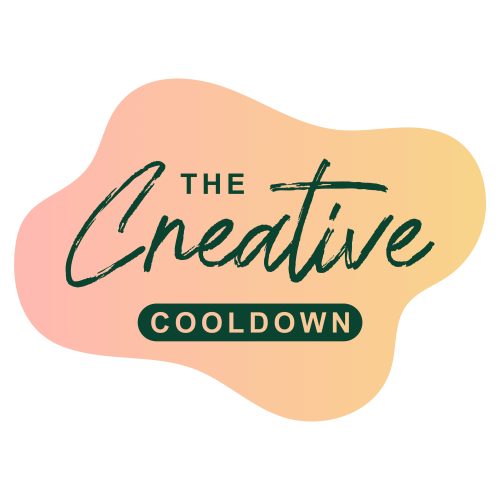Discover a fun, calming activity: neurographic drawing with your kids. It’s perfect for moms and kids and promotes mindfulness, creativity, and bonding!
Hey busy mom! Summer holidays are here, and while it’s a wonderful time to relax and enjoy with your kids, it can also be a bit overwhelming trying to keep everyone entertained while finding a moment of peace for yourself.
That’s why I’m excited to share a fun and calming creative exercise that you can do together with your kids: a variation of neurographic drawing.
What Is Neurographic Drawing?
Neurographic drawing is a relaxing art form that involves creating free-form lines that intersect and overlap, followed by rounding off the corners to soften the image. It’s a wonderful way to calm your mind and express creativity without the pressure of making something perfect.
And the best part? It’s perfect for doing with your little ones, making it a great summer holiday activity!
Have fun with this neurographic drawing exercise! Please let me know if you’ve tried it; I would love to see it.
You can find a small video of this exercise on my Instagram @thecreativecooldown
Supplies used:
Bristol paper (BeCreativeShop), fineliner 1.0 (Copic), fineliner 0.05 (Staedtler), pastel pencils (Faber Castell), Lego blocks.
Alternative supply suggestions:
You can use any supplies: colored pencils, crayons, markers, watercolors, etc. Or just a regular pen or pencil.
You can use any small object, such as Lego blocks, beads, or small toys (your kids’ toys work great!).
Instructions for neurographic drawing with your kids:
Step 1 – Place Objects in the Center
Gather your materials and find a comfortable spot where you and your kids can work together. Lay out your paper, small objects, and pens or markers.
Start by placing small objects like Lego blocks or beads in the center of your paper. This is a fun way to involve your kids, as they can choose their favorite toys to use.
Step 2 – Create Wobbly Lines
Using a pen or marker, slowly push one of the objects to the side of the paper. The object will wobble and move in different directions, creating a free-form line. The key is to go slow and enjoy the process.
If your child is very young, you can hold the pen together and push the object.
Step 3 – Repeat for all objects
Repeat this step with all the objects, filling your paper with wobbly, intersecting lines.
Step 4 – Round off the corners
Once your paper is filled with lines, it’s time to soften the image by rounding off the corners where the lines intersect. You can either hide the sharp corners by drawing small dots or circles over them, or curve off the intersections to create smoother lines.
If your kids are small, you might want to do this step yourself. If they’re a bit older, ask them to help you find all the overlapping lines and add circles over the corners.
Step 5 – Add Color and Patterns
Now comes the fun part—adding color! Invite your kids to help you fill in the sections between the lines with different colors or patterns. This is a great way to let their creativity shine while you all enjoy some quality time together.
Final thoughts
This neurographic drawing exercise is more than just a creative activity—it’s an opportunity to slow down and enjoy some meaningful time with your kids. Whether you’re helping them push the Lego blocks across the paper or coloring in the sections together, you’re not just creating art; you’re creating memories.
By the end of the exercise, you’ll have a beautiful, colorful piece of art filled with wobbly lines and vibrant patterns. But more importantly, you’ll have taken a moment to breathe, relax, and connect with your little ones. It’s these small moments of creativity and mindfulness that can help make the summer holidays feel a little less hectic and a lot more joyful.
So, grab some paper and a few toys and get started on this fun summer project. Who knows? This simple exercise might become a favorite family tradition!
If you’d like to share your neurographic drawings or have any questions, feel free to comment below or send me a DM on Instagram. I’d love to see what you and your kids create together!
Happy drawing!
You might also like my Drawing a Treasure Map with your little one exercise if you enjoyed this exercise.






